The tragic beauty of Europe's vanishing forest
One of the world's oldest ecosystems is under siege by a tiny, deadly force


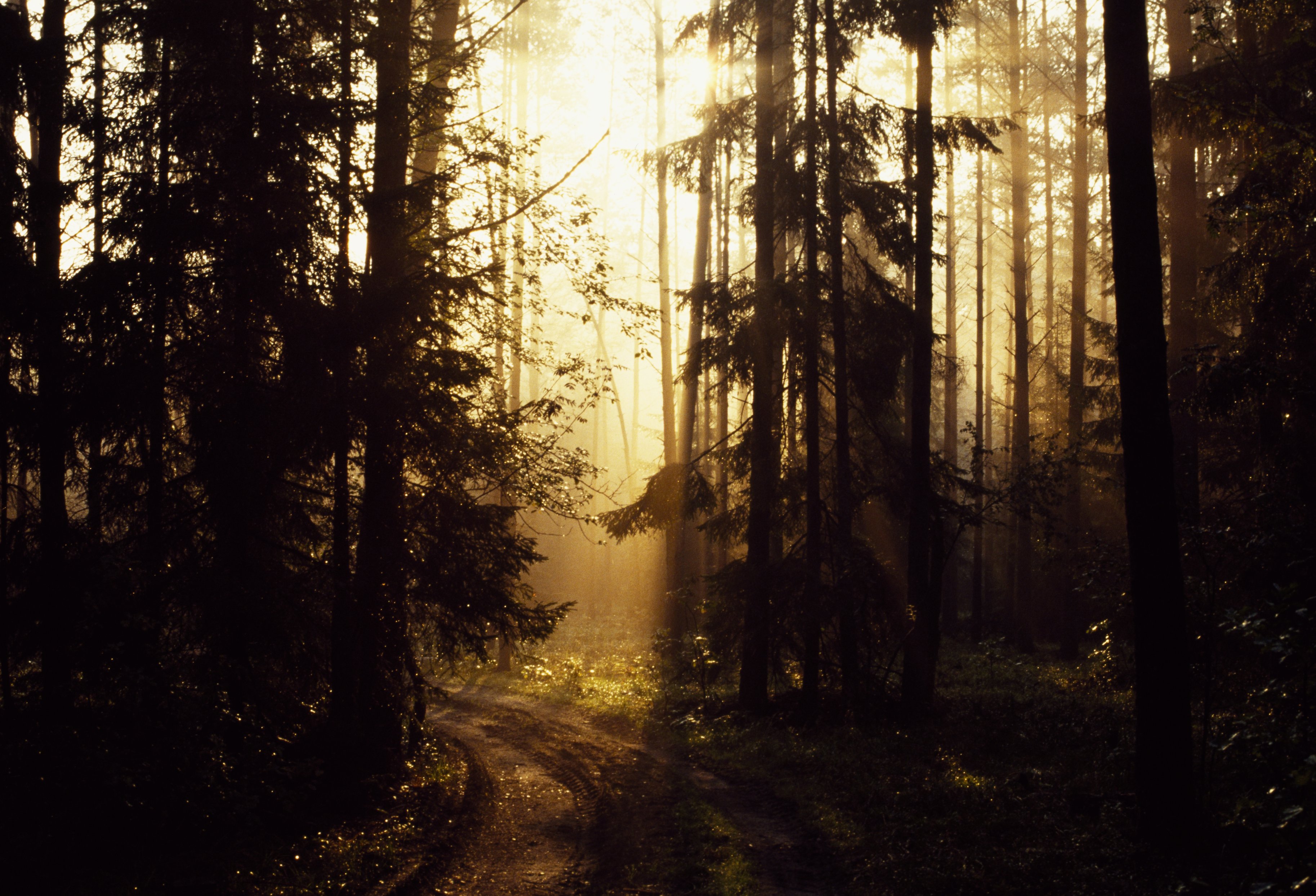
(De Agostini / G. Cappelli Universal Images Group/Newscom)That this ancient forest, a UNESCO World Heritage Site since 1979, and its wildlife are so well preserved is a testament to decades of conservation efforts. But, despite such protection, the Bialowieza Forest remains threatened by a deadly force: An infestation of bark beetles that are consuming spruce trees at an alarming rate.The situation has splintered environmentalists. Many are adamant the infestation is a natural part of the forest and must be left alone. Others — including the Polish government — are uncompromising in the belief that humans have a duty to actively stop the infestation by chopping down trees where the bark beetles live. For now, the Polish government has won — the logging campaign began in the spring of 2016. But in 2017, a World Heritage Site committee will evaluate the logging's consequences on the otherwise undisturbed ecosystem and determine a new conservation plan. Until then, take a closer look at what's left of Europe's lush primeval forest and its inhabitants.
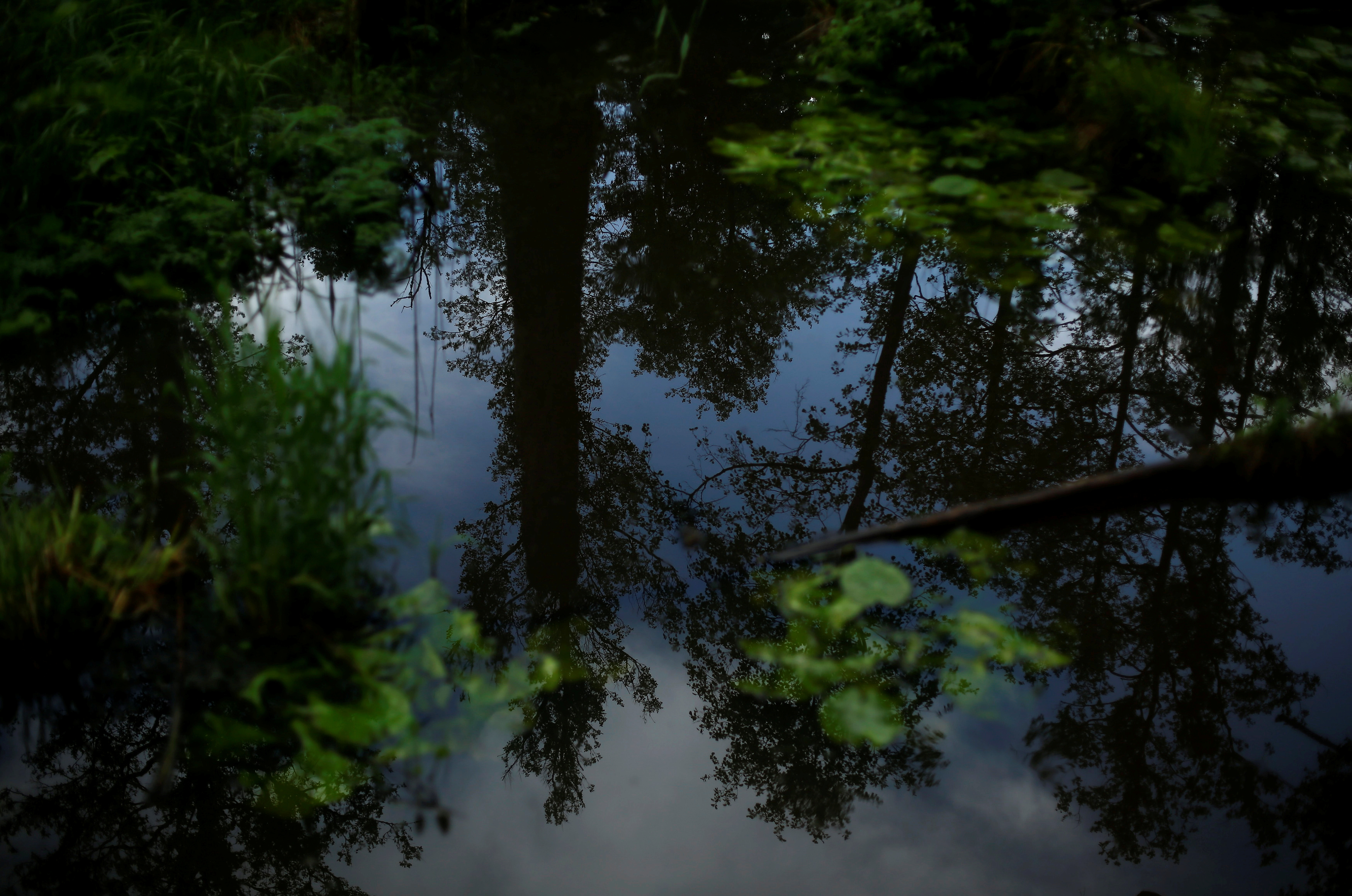
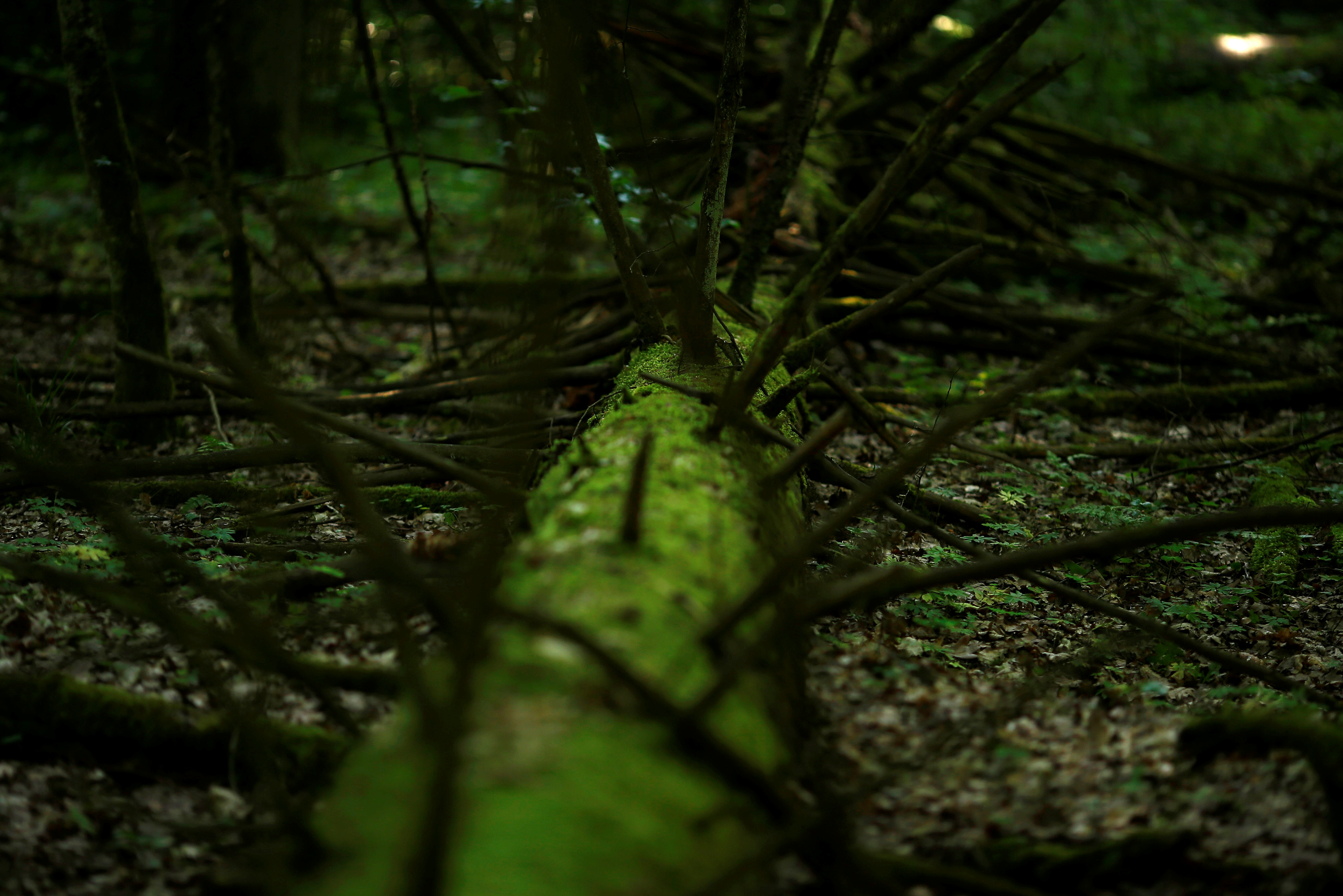
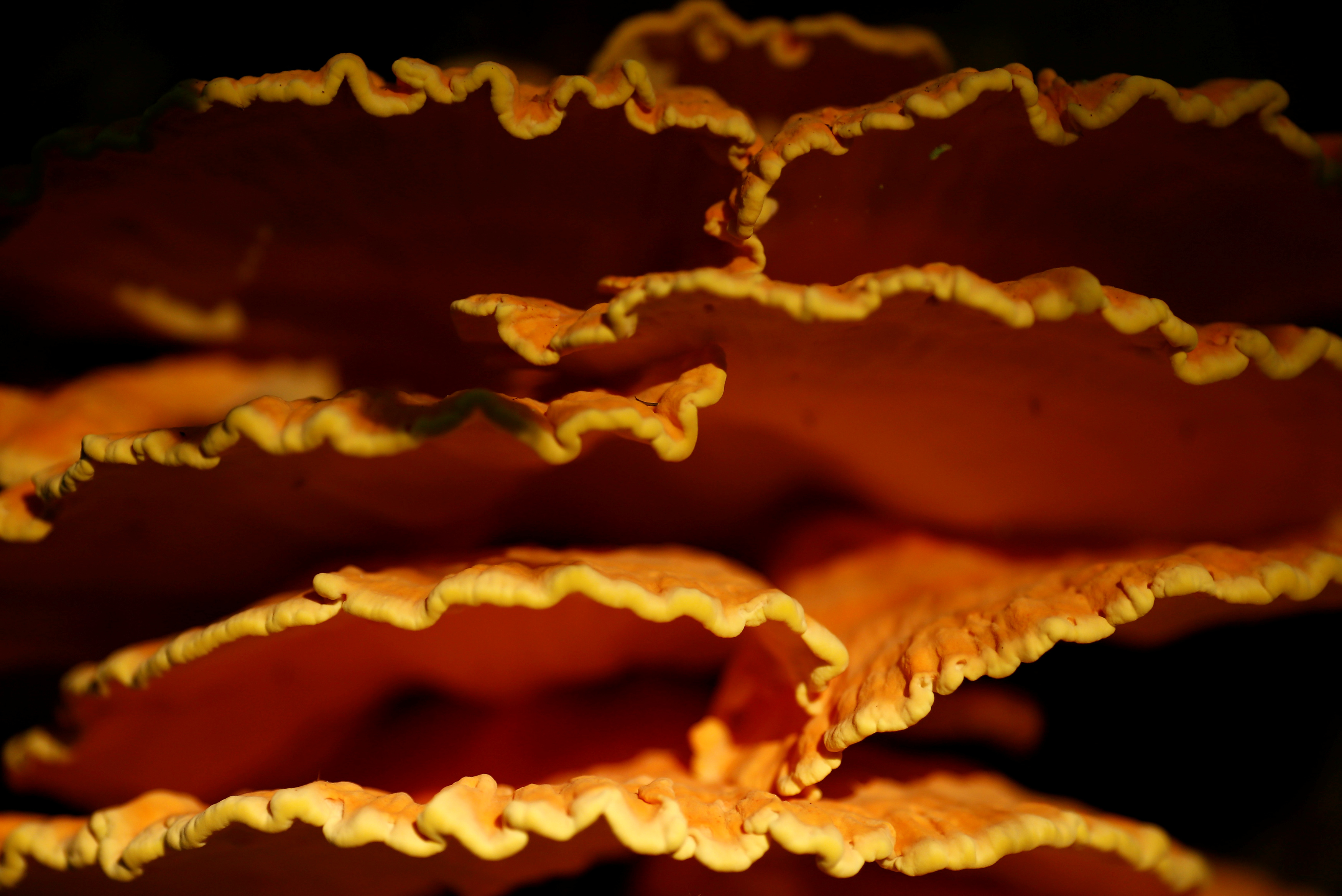
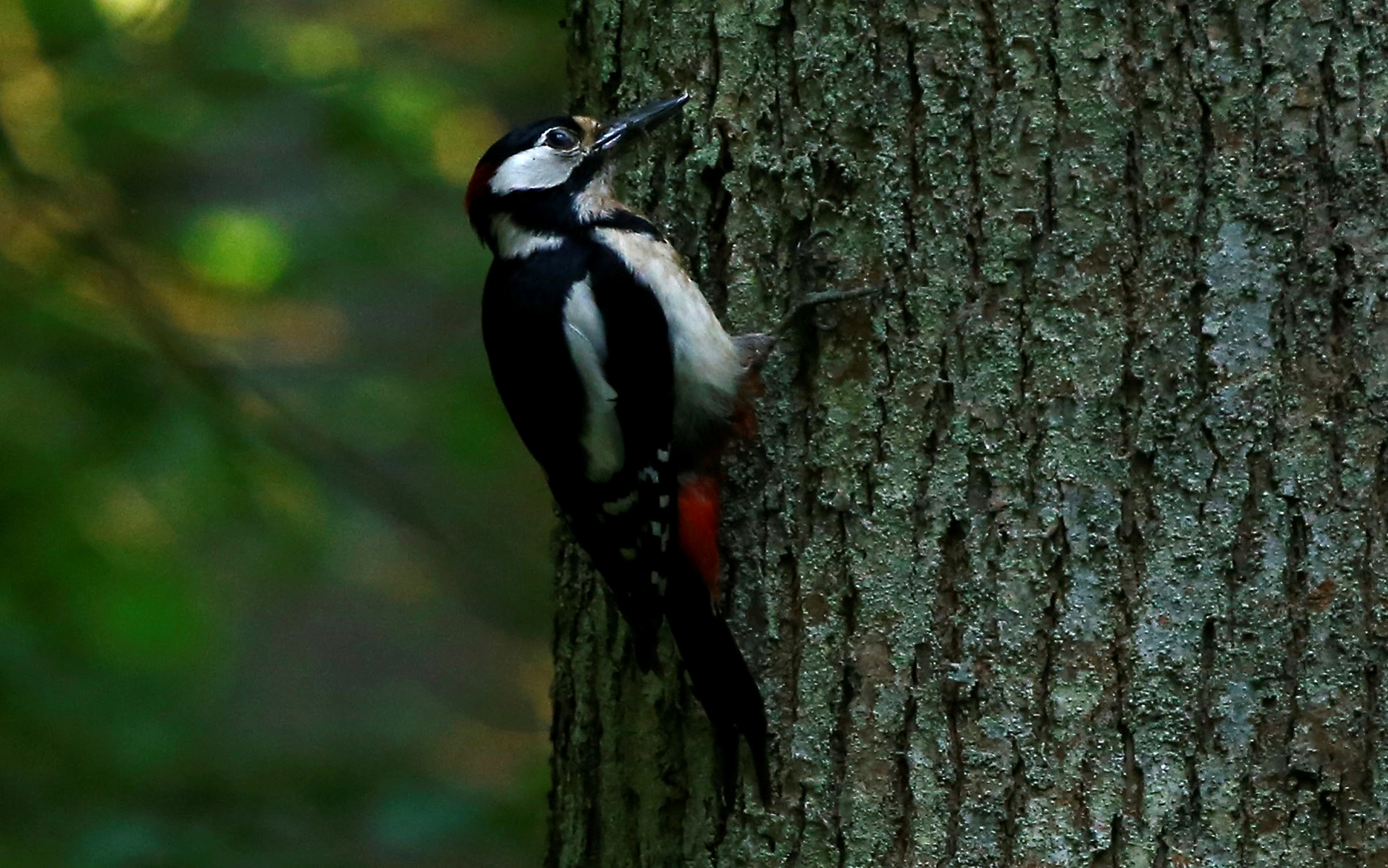
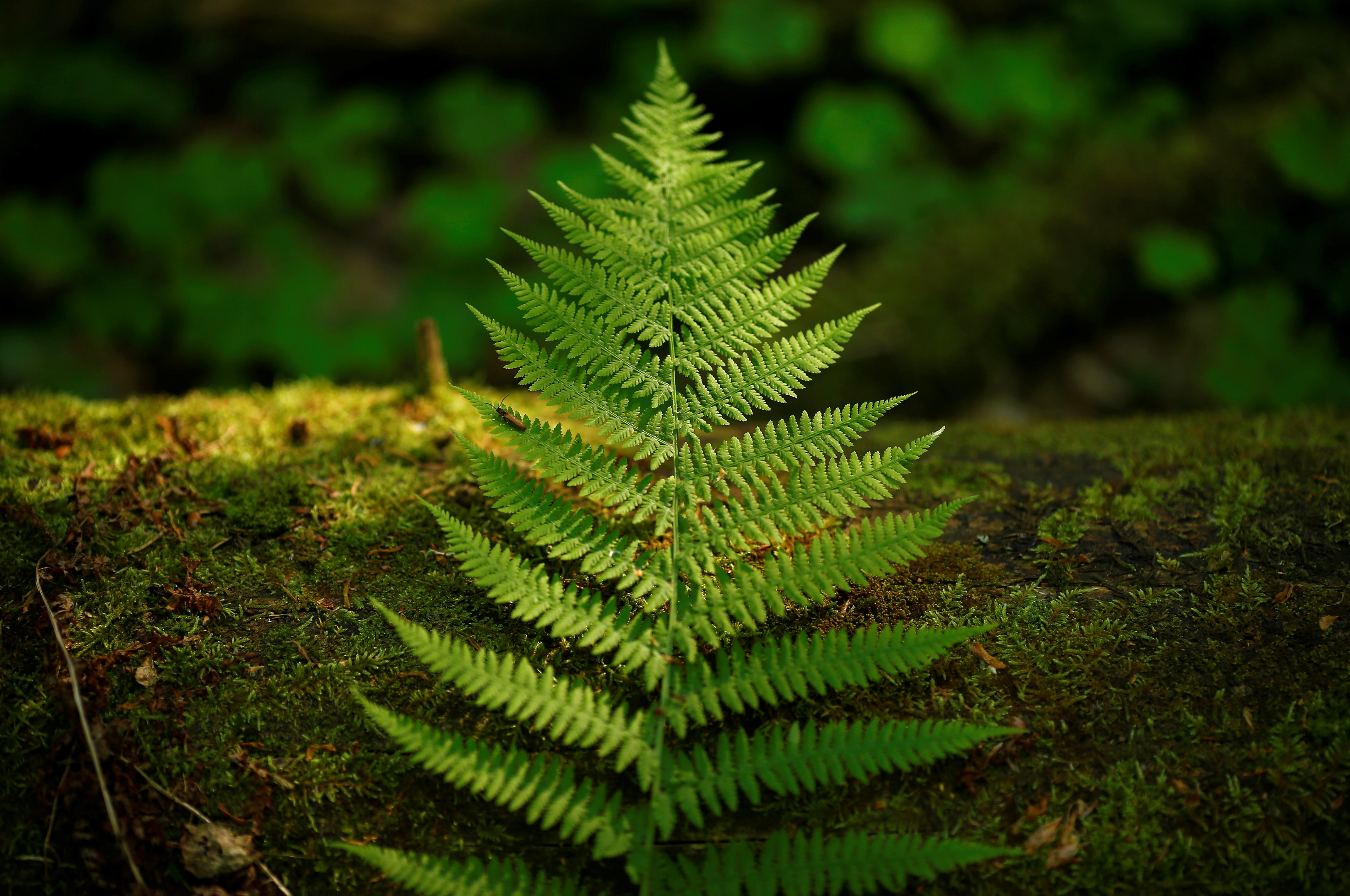
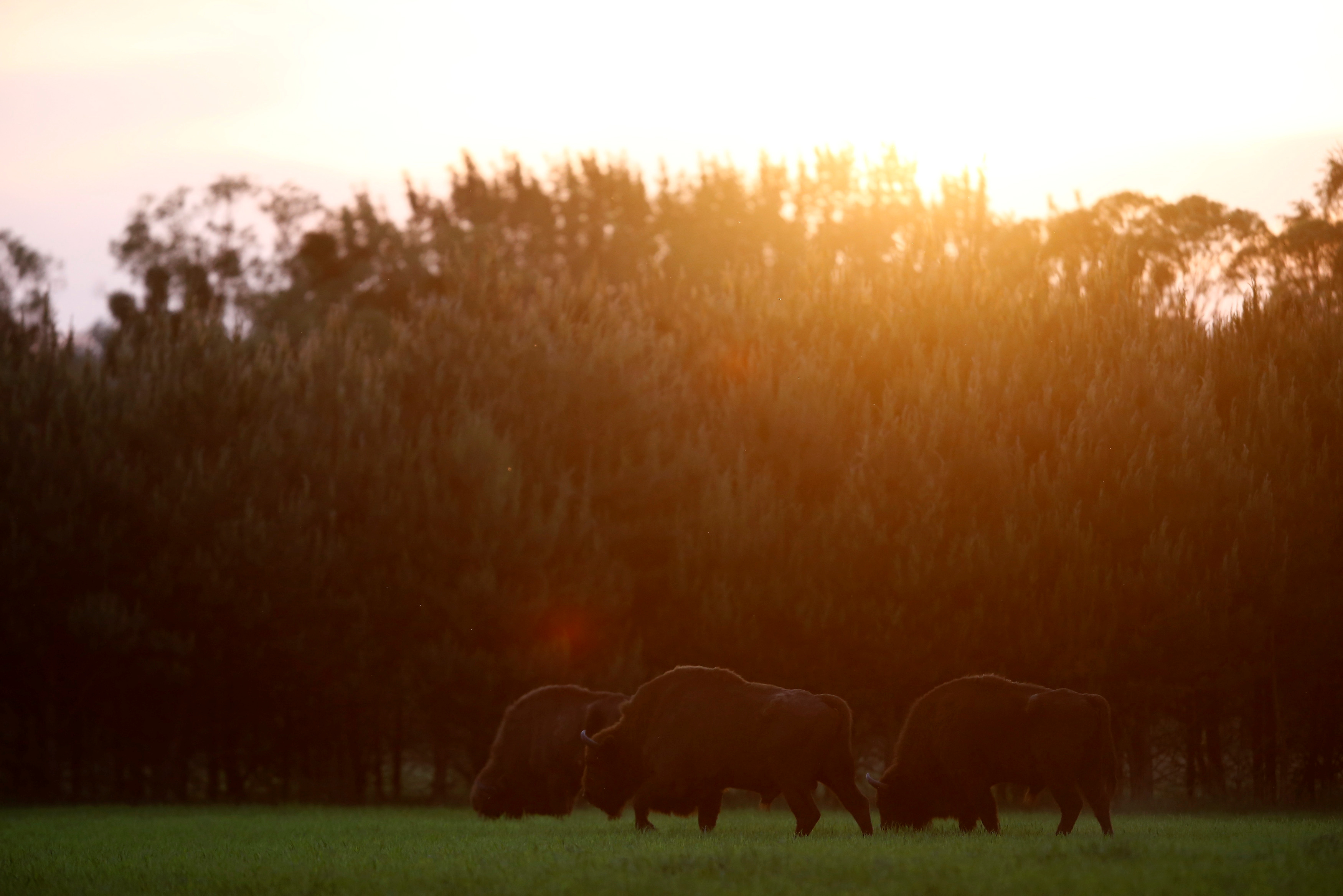
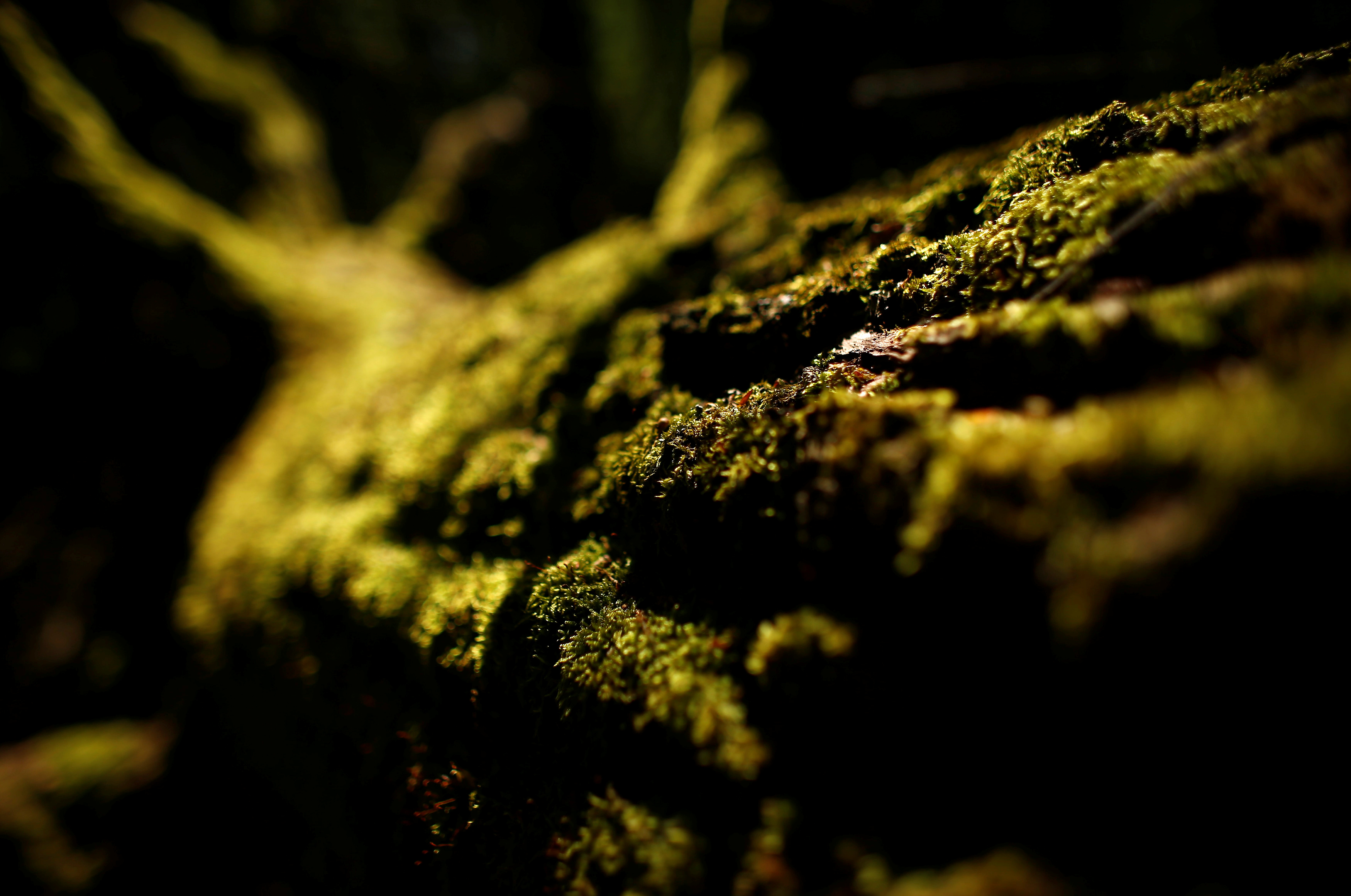
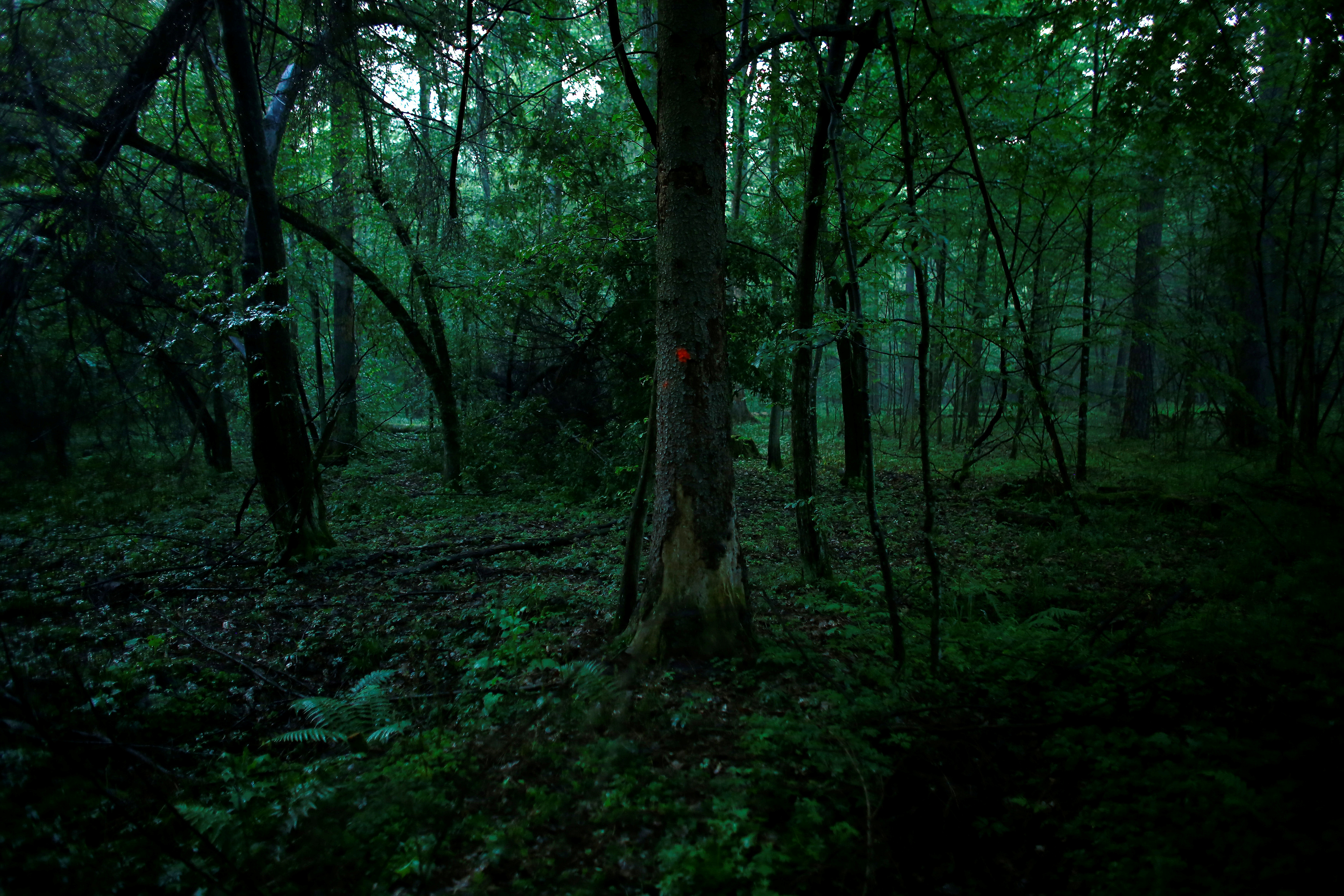
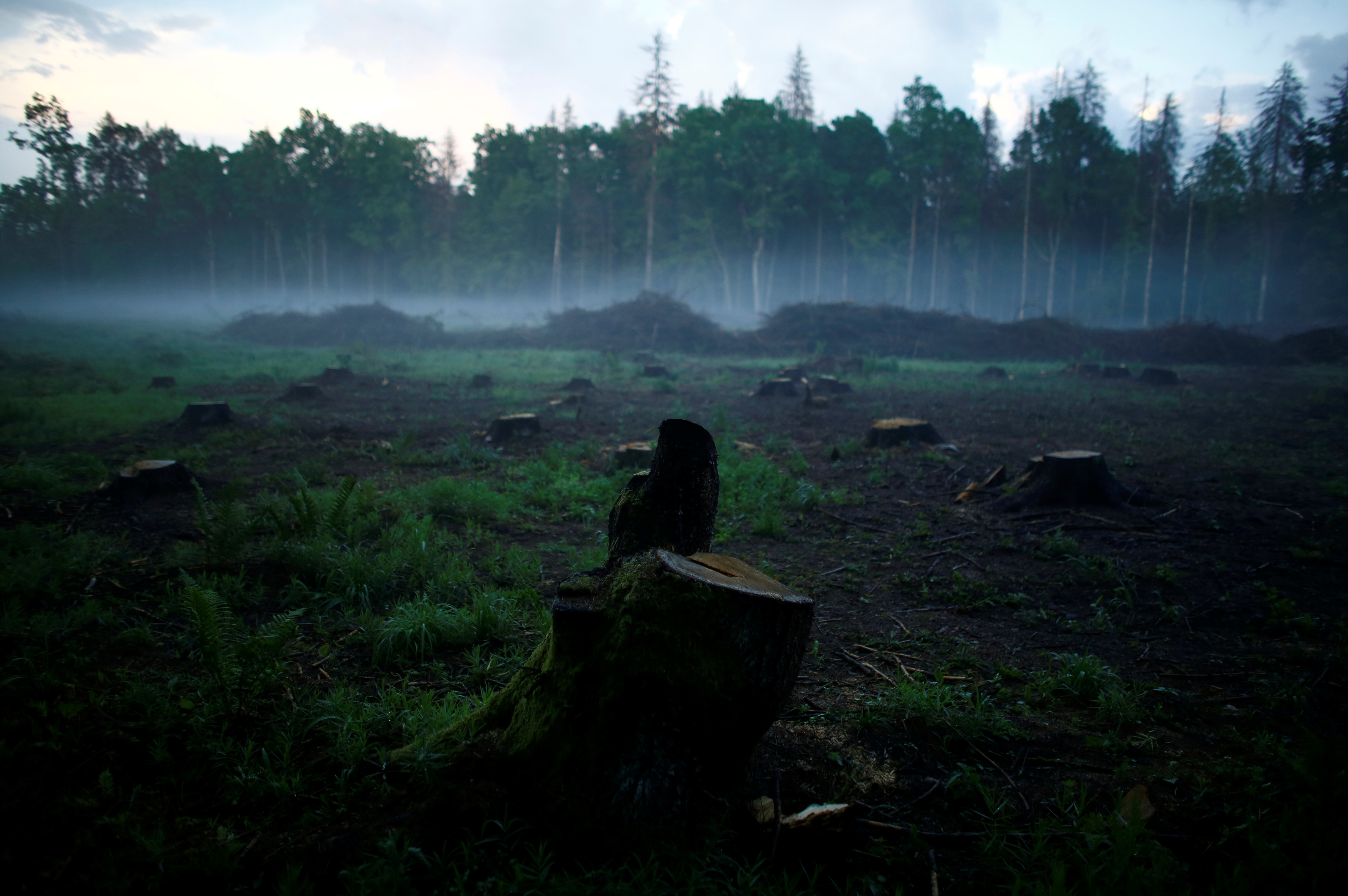
A free daily email with the biggest news stories of the day – and the best features from TheWeek.com
Jackie Friedman is the assistant photo editor at TheWeek.com. She is a graduate of the photojournalism program at Kent State University and now lives in New York.
-
 7 bars with comforting cocktails and great hospitality
7 bars with comforting cocktails and great hospitalitythe week recommends Winter is a fine time for going out and drinking up
-
 7 recipes that meet you wherever you are during winter
7 recipes that meet you wherever you are during winterthe week recommends Low-key January and decadent holiday eating are all accounted for
-
 Nine best TV shows of the year
Nine best TV shows of the yearThe Week Recommends From Adolescence to Amandaland